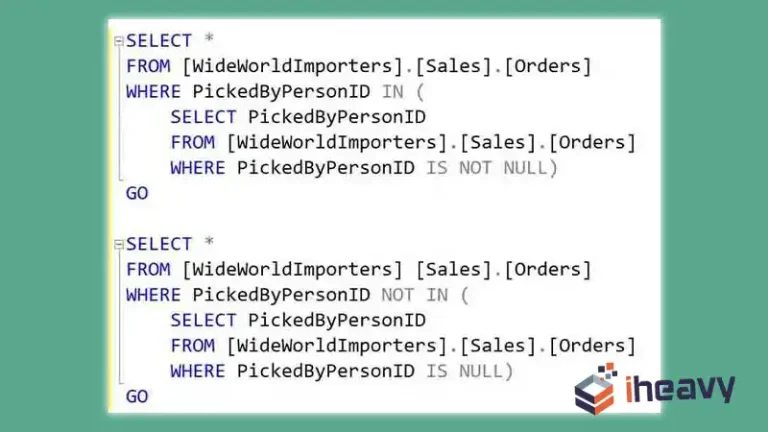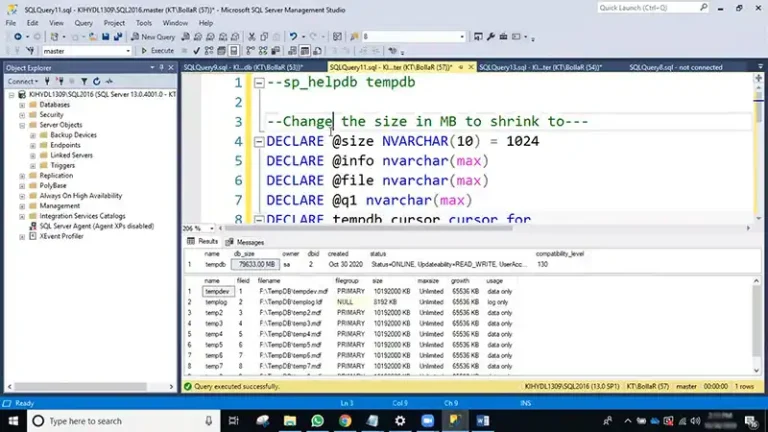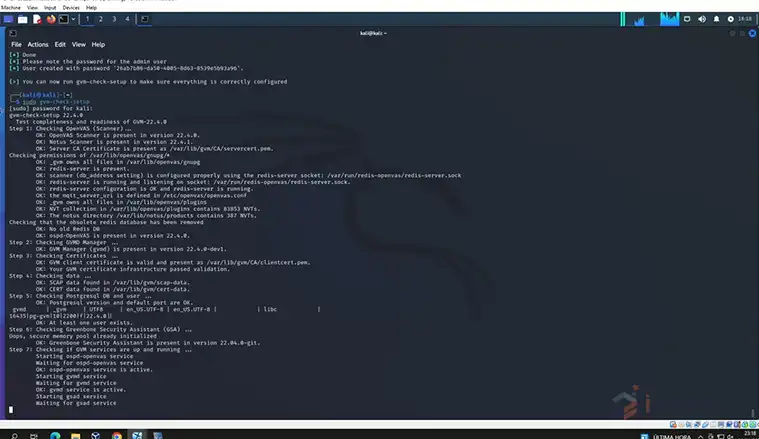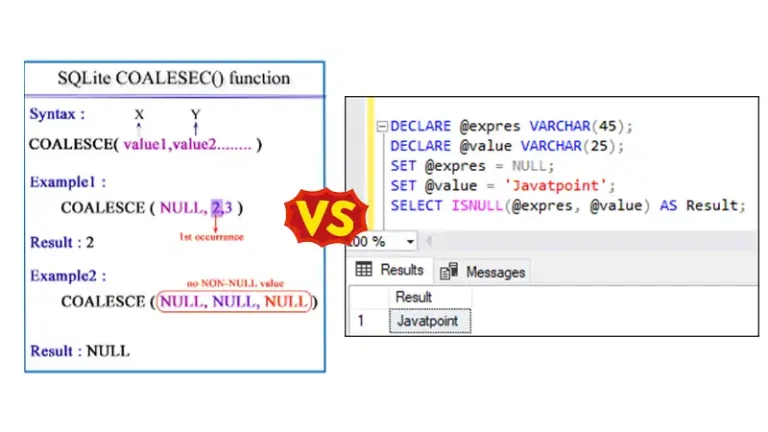MySQL Database Migration Checklist
Migrating a MySQL database can be a complex task that requires careful planning and execution to ensure data integrity, minimal downtime, and smooth transition. This article provides a comprehensive checklist for MySQL database migration to help you achieve a successful migration.

Planning the Migration
Before starting the migration process, it’s crucial to plan every step to avoid potential issues.
Assess the Source and Target Systems
Identify Source Database
Determine the version and configuration of the source MySQL database.
Identify Target Database
Ensure the target database is compatible with the source database version.
Compatibility Check
Verify that the target system supports all the features used in the source database.
Define Migration Strategy
Full Migration vs. Incremental Migration
Decide whether to migrate all data at once or in phases.
Downtime Planning
Estimate and plan for the downtime required during migration.
Backup Plan
Create a comprehensive backup plan to safeguard against data loss.
Preparing for Migration
Preparation involves setting up the target environment and ensuring all necessary prerequisites are met.
Backup the Source Database
Full Backup
Take a full backup of the source database using tools like mysqldump.
Incremental Backup
If applicable, set up incremental backups to capture ongoing changes.
Set Up Target Environment
Create Target Database
Set up the target database with the required configurations.
User Permissions
Ensure that users have the necessary permissions on the target database.
Install Required Software
Install MySQL and any required extensions or plugins on the target system.
Test Migration on a Staging Environment
Dry Run
Perform a test migration on a staging environment to identify potential issues.
Data Validation
Validate the data on the staging environment to ensure accuracy.
Executing the Migration
With preparations complete, you can now execute the migration process.
Data Export from Source Database
Export Data
Use tools like mysqldump to export the data from the source database.
mysqldump -u username -p database_name > database_backup.sql
Data Import to Target Database
Import Data
Import the exported data into the target database.
mysql -u username -p target_database < database_backup.sql
Schema Migration
Migrate Schema
Ensure that all tables, indexes, and constraints are migrated to the target database.
Verify Schema
Check for any discrepancies between the source and target schema.
Data Synchronization
Initial Sync
Synchronize the initial data set.
Ongoing Sync
If performing an incremental migration, synchronize any changes made during the initial sync.
Post-Migration Activities
After the migration, several tasks must be completed to ensure everything functions correctly.
Data Validation
Consistency Check
Verify that all data has been migrated accurately and completely.
Data Integrity
Run integrity checks to ensure no data corruption occurred.
Application Testing
Application Connectivity
Ensure that applications can connect to the new database.
Functional Testing
Perform thorough testing of all application functionalities to ensure they work as expected.
Performance Tuning
Optimize Performance
Analyze and optimize the performance of the target database.
Query Performance
Monitor and tune query performance to match or exceed the source database.
Final Steps
Finalize the migration process and address any remaining tasks.
Documentation
Update Documentation
Update all relevant documentation to reflect the changes made during migration.
Migration Report
Create a report detailing the migration process, issues encountered, and their resolutions.
Cleanup
Remove Temporary Files
Delete any temporary files or backup files created during the migration.
Decommission Old Database
If applicable, safely decommission the old database after ensuring no further need for it.
Frequently Asked Questions (FAQ)
What tools can be used for MySQL database migration?
Popular tools for MySQL database migration include mysqldump, MySQL Workbench, Percona XtraBackup, and third-party tools like AWS Database Migration Service (DMS).
How can I minimize downtime during migration?
Minimize downtime by performing an initial bulk migration followed by incremental synchronization to capture ongoing changes. Schedule the final switchover during low-traffic periods.
How do I ensure data integrity during migration?
Ensure data integrity by performing thorough data validation checks before and after migration. Use checksums, row counts, and data comparison tools to verify accuracy.
Conclusion
Migrating a MySQL database involves careful planning, preparation, execution, and post-migration activities to ensure a seamless transition. By following this checklist, you can mitigate risks and achieve a successful database migration. Thorough testing, validation, and performance tuning are essential to ensure the new environment operates smoothly and efficiently.




![How To Use Floor In SQL Query [A 7-steps Solution]](https://www.iheavy.com/wp-content/uploads/2023/12/How-To-Use-Floor-In-SQL-Query-768x432.webp)

![SQL Add Leading Zero If Less Than 10 [5 Databases Included]](https://www.iheavy.com/wp-content/uploads/2024/08/SQL-Add-Leading-Zero-If-Less-Than-10--768x432.webp)